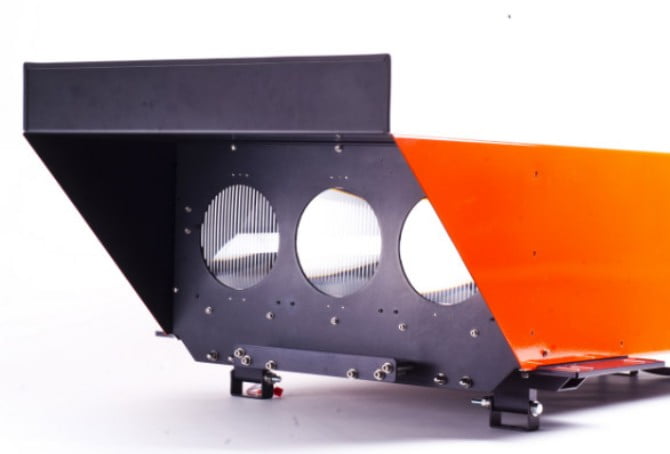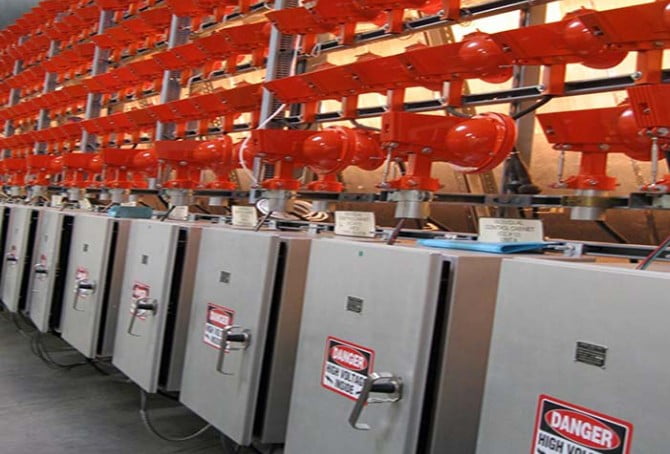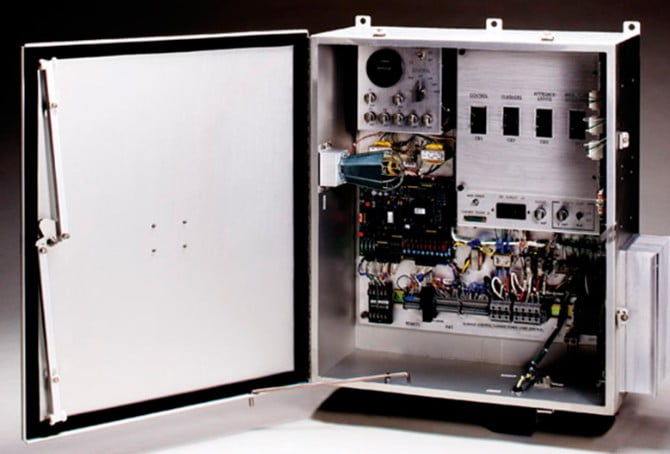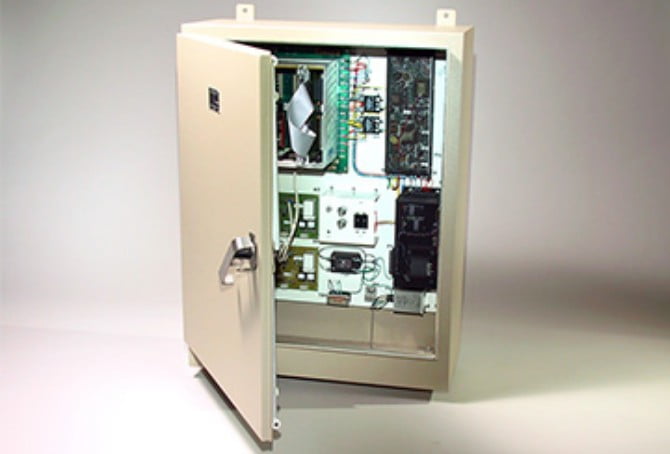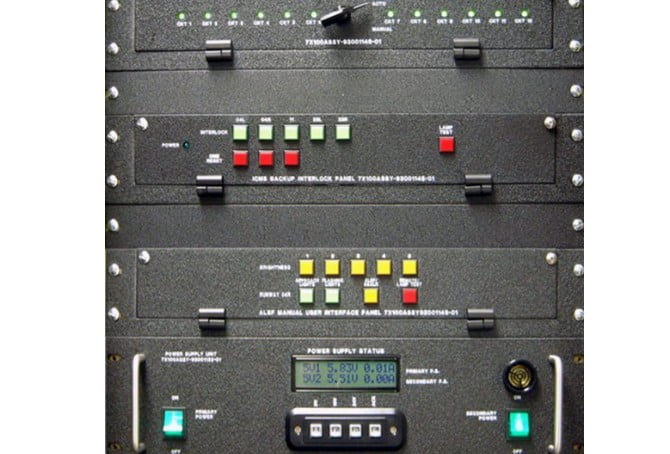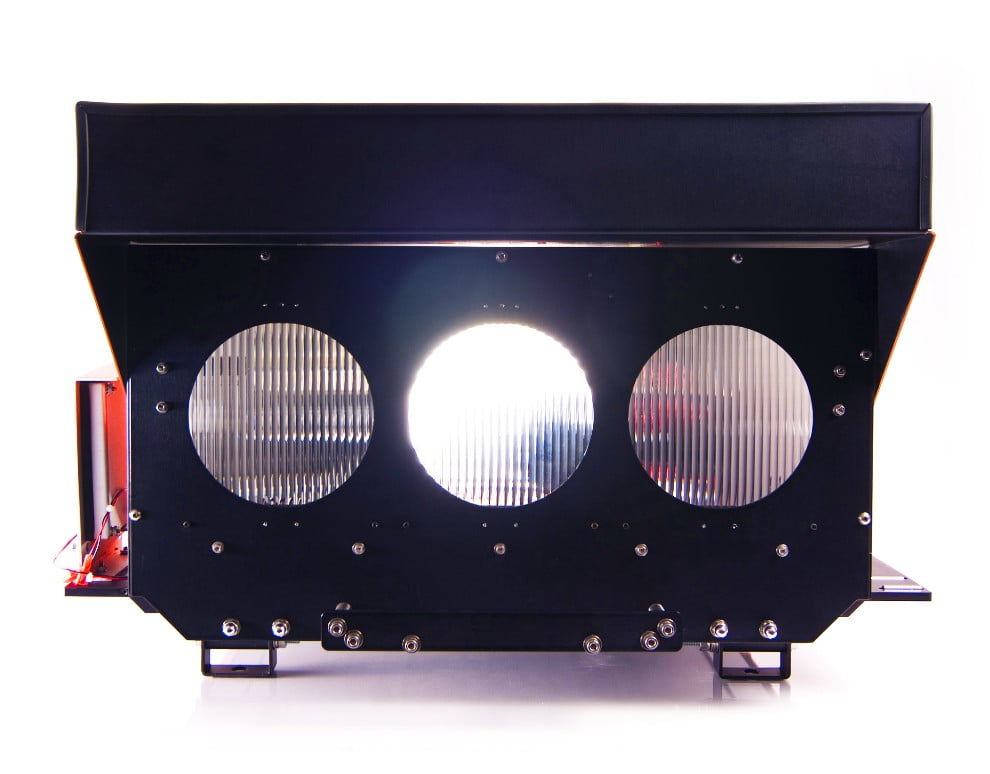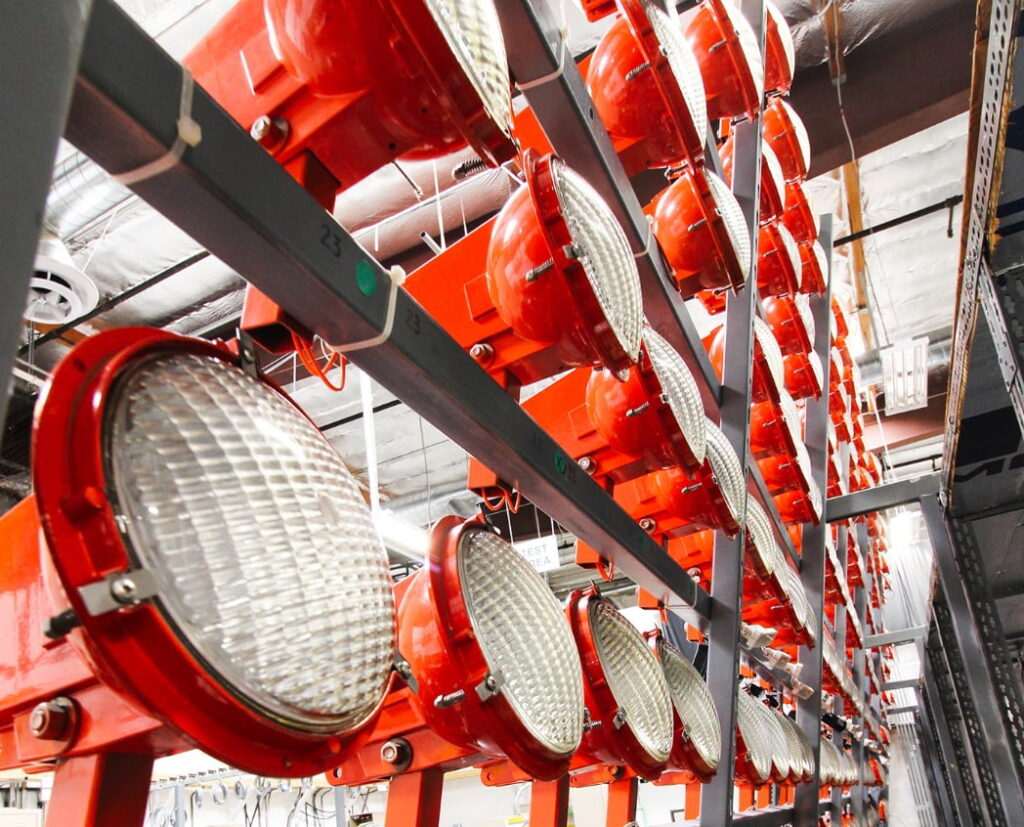LED PAPI NG™
The NBP PAPI NG™ is developed to provide a low power, low maintenance, reliable PAPI system that is cost effective and environmentally responsible.
Improved the efficiency and functionality of the current PAPI design by replacing the incandescent lamps with highly efficient, environmentally friendly Light Emitting Diodes (LEDs).
17 years of PAPI experience in developing our PAPI NG™ system that meets all requirements of the FAA (LED PAPI) specification FAA-E-3007.
Modernizing the PAPI system
The ongoing effort to modernize and upgrade America’s National Airspace System will bring a host of benefits not only to the traveling public, but also provide long term benefits to the taxpayer and to our environment while stimulating small business growth. One such program that can do this is the Federal Aviation Administration’s (FAA) plan to replace its legacy visual approach slope indicator (VASI) and Precision Approach Path Indicator (PAPI) systems,with new Light Emitting Diode (LED) systems.
First designed in the 1970s, PAPI systems assists pilots in landing aircraft by providing visual glide slope guidance indicating if an aircraft is too high or low, on approach.
These systems – which are critical visual aids for landing of aircraft – are currently powered by antiquated incandescent lamps. These older lamps run continuously and burn hot and often need to be replaced. These systems are no longer efficient and have generated costs and impacts for the FAA making them less and less efficient to continue to operate.
First, regular disposal of incandescent bulbs creates both costs and environmental impacts in terms of disposal. Second, replacement of bulbs requires a significant number of service hours by personnel which must do so by hand. Third, the energy costs associated with incandescent bulbs are significantly higher than their newer LED counterparts. Lastly, U.S. based minority owned small businesses have played a significant role in the legacy PAPI program and are expected to play a key role in the new PAPI LED program and as such represents an opportunity for both job growth and equity going forward. Lastly, these new systems also perform better and are more reliable than their predecessors.
The LED PAPI program also has strong bipartisan support in Congress. In a 2012 letter to then FAA Administrator Michael Huerta, which featured Members on both side of the aisle including Transportation & Infrastructure Committee Ranking Member Sam Graves (R-MO), Former Rep. Mike Honda (D-CA) and the late Rep. Ed Pastor (D-AZ) .
“We write to express our strong support for the FAA’s program to transform the Precision Approach Path Indicator (PAPI) systems that are powered by Light Emitting Diode (LED) lamps.”
– Excerpt from 2012 letter to then FAA Administrator Michael Huerta
Improved Performance
Powered by Light Emitting Diode (LED) lamps for reliability and energy efficiency.
Effective visual range of at least 3 miles during the day and up to 20 miles at night.
Field use and pilot surveys demonstrate that the new systems provide better visual assistance
Energy & Environment
Ultimate Efficiency
Instead of 1000-hour lamps, the LEDs have a minimum lamp life of 50,000 hours in day mode or more than 11.5 years used 24 hours a day. Also, the LED heads can be quickly changed in the field to add additional years of service.
With the replacement of 12, 200-watt lamps with 500 watts of LEDs, the power consumption of the PAPI will be greatly reduced, which reduces the power cost of the LED PAPIs considerably. The LED PAPI can have up to 35 of the 72 LEDs out and still meet FAA light requirements.
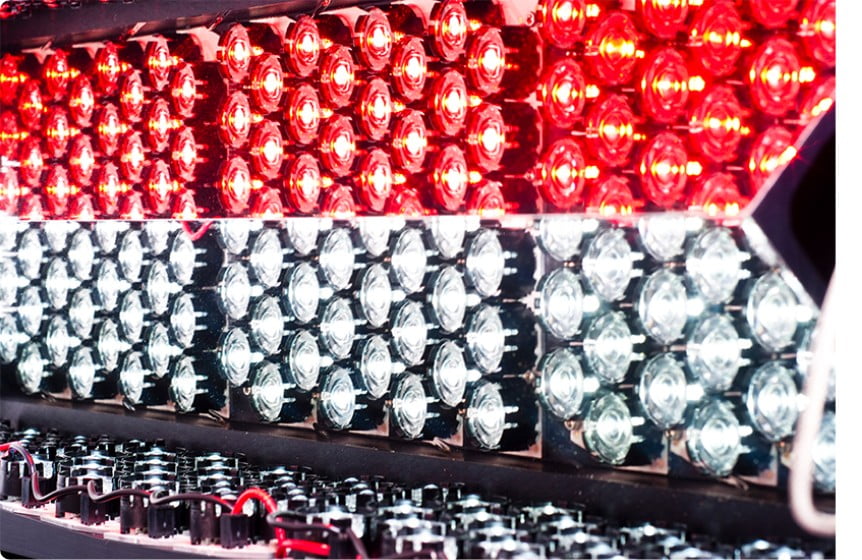
Since 1966, NBP has established an undisputed reputation for innovation, quality, performance and integrity in the engineering, design and manufacturing of Landing Visual Aids including Approach Lighting Systems and Monitoring and Control Systems for the aviation, utility and defense industries. NBP also offers training and field support services.
